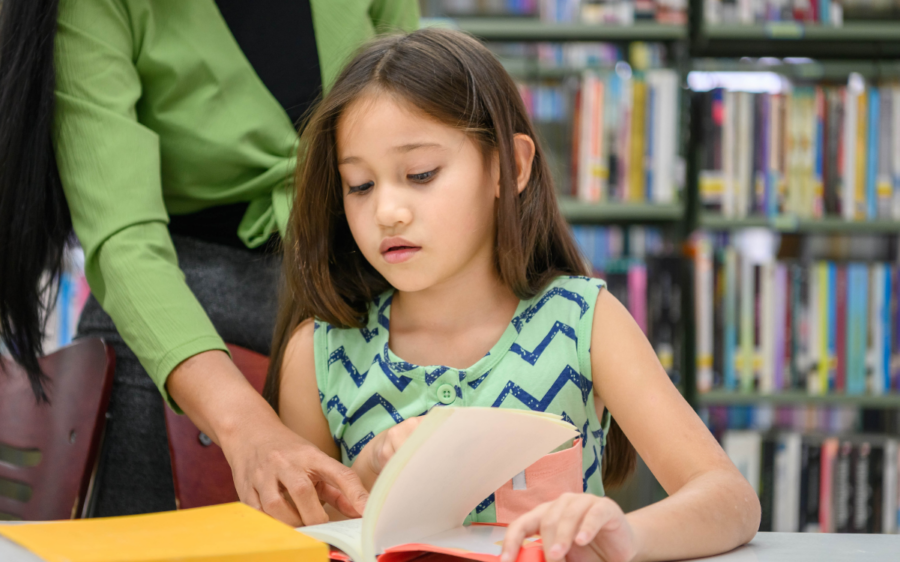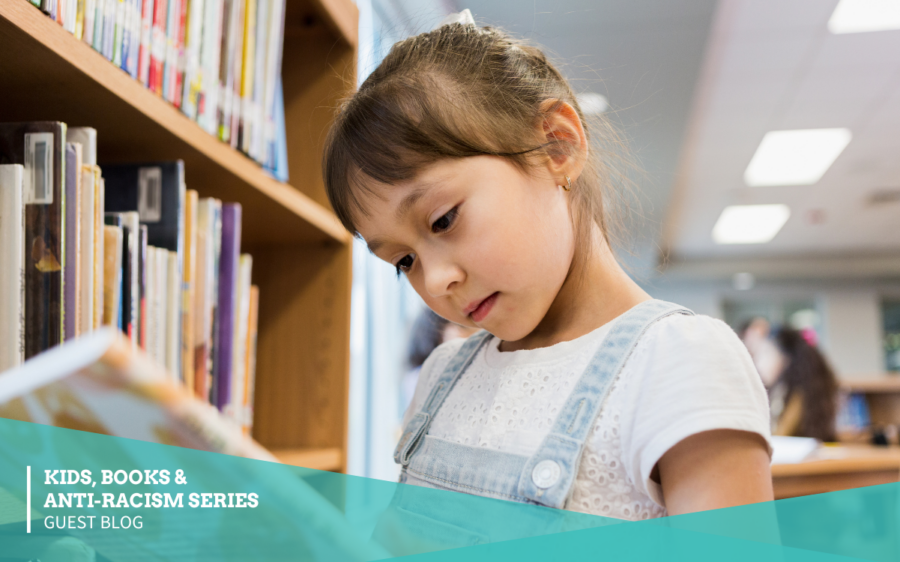1. Create shared agreements with your team of educators.
Your team of educators is your strongest asset for improving student learning. Treat them like one team and establish clear, common goals. When the school’s mission and goals are co-constructed and shared, you will gain broad ownership and commitment to them. Engage in a thoughtful process to articulate your common values and beliefs about high quality literacy learning and conditions that will support professional learning by the team. This is the time to get everyone on the same page.
2. Foster a culture of collaborative professionalism.
Open classroom doors to invite conversation and foster a culture of thinking together about students and teaching practices. Look for a variety of avenues for collaboration including book study groups, data meetings, coaching sessions, workshops and walk throughs. Deprivatize practice by creating time for regular peer observations preceded and followed by colleague discussion.
3. Ground your decision making in evidence of student learning.
When your team uses evidence of student learning to make decisions, they see firsthand the effects of their work. Aim to create a culture of shared ownership of data and use multiple sources of information such as periodic assessments, and student artifacts of reading and writing to get a rich picture of the students’ progress over time.
4. Engage the team in collaborative inquiry.
When you and your team address student learning, one small improvement at a time, you will see the evidence of your efforts. Plan to solve problems of practice by identifying and studying them with members of your team, making a plan of action to try something out, collecting evidence of the results, and coming back to the group to share results and plan next steps.
5. Think about the way the system is currently working to create literacy outcomes for each student.
As a team, contemplate the systems that are producing strong results for children and those that are not. Be prepared to confront the problems in the system together. For whom is the current system not working? Are you able to predict student outcomes by the group the student is in? How will you plan to address the inequities in the system that produce different outcomes for some of the children?






